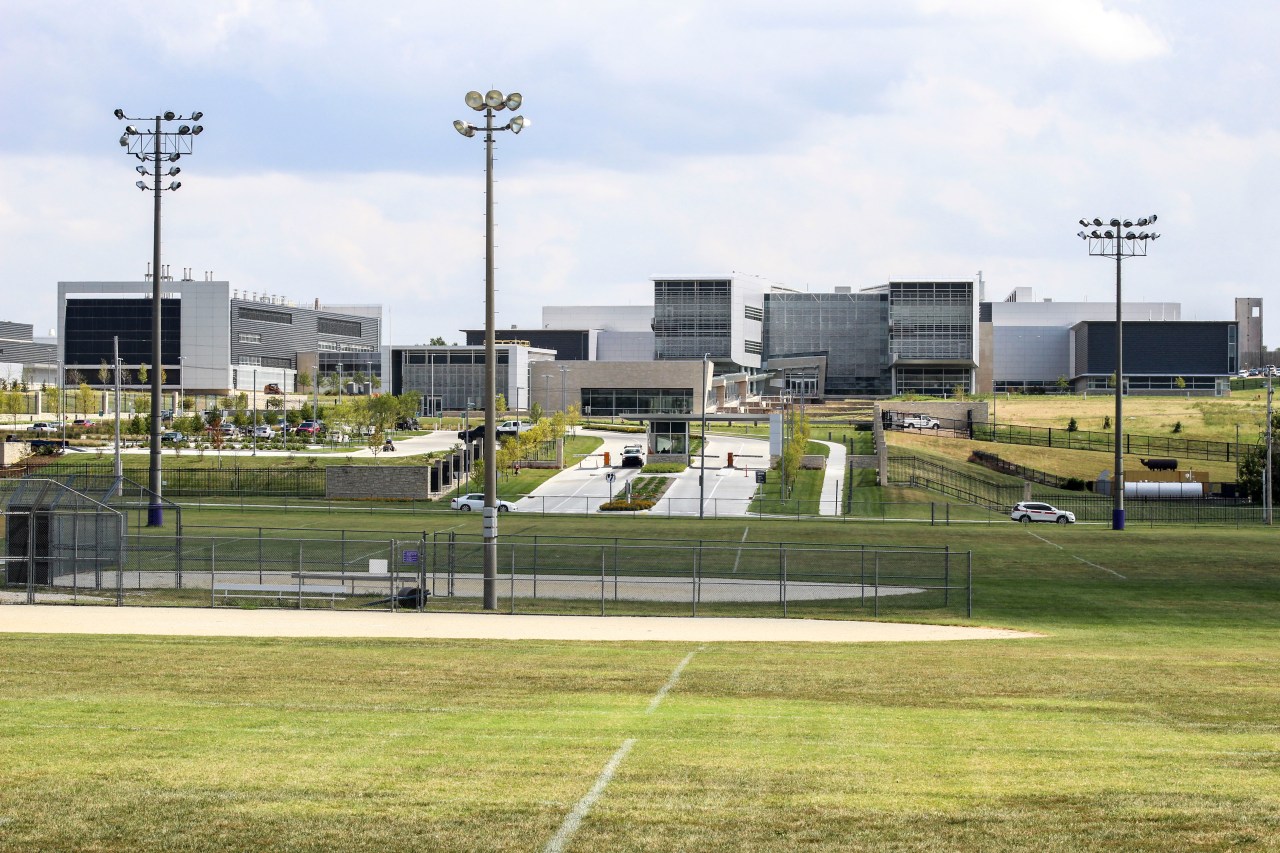Infection
INSIDE LOOK: Infectious disease researchers training with animal models at K-State lab
TOPEKA (KSNT)- Kansas researchers are in the next phase of getting ready to study infectious diseases. The National Bio Agro-defense Facility (NBAF) is partnering with Kansas State University, so researchers can get hands-on experience at the university’s clinical skills lab.
“They simulate the environment that individuals will be working in, but they focus on skill building, so that when they’ve moved to the testing… they’ve mastered those skills,” said Dr. Elizabeth Davis, Associate Dean of Clinical Programs at K-State’s College of Veterinary Medicine.
The training partnership started in 2021, at a time when, Davis said, it was hard to get everyone in the lab during the pandemic. Now, researchers are able to work with a wide selection of animal models.
Susan Rose, a Clinical Education Technician at K-State’s lab, said that working with animals to research infectious diseases requires a unique level of training.
“How to handle things… like how do you hold a syringe and use it with one hand… and what’s the other hand doing, and how’s my body and what’s the angle like, so there’s all sorts of fine tuning to the body for every skill that they teach,” Rose said.
The lab’s animal models range from goats and sheep to horses and cattle.
New animal models have also been constructed based on what NBAF’s researchers will be studying.
“What NBAF offered to the clinical skills lab were different models than what the vet students were normally part of their core curriculum. So, we brought in our mimic-y mice… you know, mice are a typical lab animal. We talked about doing some work with swine,” said Dr. Maggie Behnke, NBAF Attending Veterinarian.
Ten NBAF animal care team technicians and veterinary scientists will be training at the lab. It offers everything from simple models to ones with artificial veins, so researchers can learn to draw blood for testing.
Rose demonstrated how researchers are learning to interact with different animals when drawing blood samples.
“When you’re working with pigs for the first time, you don’t realize how loud they are, so having that distraction suddenly while you’re trying to take a blood sample, is part of the simulation to try to make it more realistic, like ‘Wow that’s really loud!’” she said.
“We really emphasize what do you do, so you’re not potentially going to stick yourself with that needle, and expose yourself to pathogens or just infection,” Rose explained.
Once researchers get to the live-animal phase, they will be transitioning over to NBAF’s lab, which is expected to be fully operational in late 2024.
There, they will be studying everything from diseases threatening the nation’s livestock to some of the most dangerous animal-borne diseases with no cure.
“The more practice that we can have… the more confidence our staff will feel… the safer they will be when we actually start doing work,” said Dr. Behnke.

